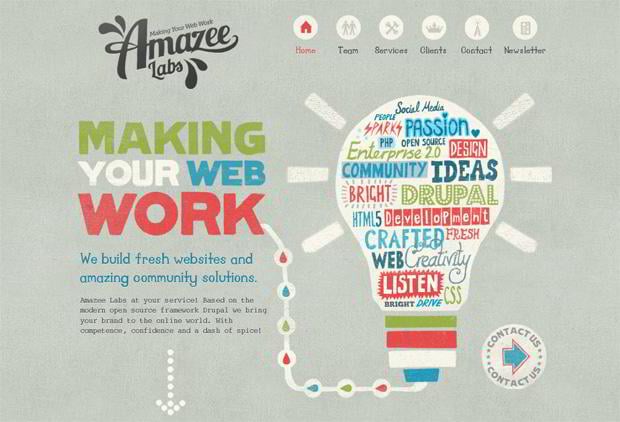Core Principles Of Internet Site Layout: Suggestions For Crafting A User-Friendly Online Presence
Core Principles Of Internet Site Layout: Suggestions For Crafting A User-Friendly Online Presence
Blog Article
Produced By-Wiley Daugaard
When it pertains to web site design, making sure user-friendliness is essential. From responsive style to structured navigation, every element plays a crucial role in producing a site that caters to your target market's demands. However what about the finer details that can make or damage an individual's browsing experience? Stay tuned as we reveal some often-overlooked tips that can raise your site's functionality to the following degree, making it really stick out in the electronic landscape.
Significance of Responsive Layout
Responsive layout is a vital aspect of modern website advancement. Guaranteeing your web site is receptive means that it can adapt to various display sizes and tools, supplying a seamless experience for users.
With the enhancing use of smartphones and tablets to access the internet, having a responsive design is important for reaching a wider target market. It helps in boosting customer experience by making your internet site very easy to navigate and continue reading any tool.
Additionally, responsive style can positively influence your search engine positions, as online search engine like Google prioritize mobile-friendly sites. By having accessible web content , you're additionally future-proofing your internet site, as new gadgets with varying display dimensions continue to arise.
Simplify Navigation Framework
To boost customer experience and assist in easy access to information on your site, improving the navigation framework is vital. When making your website, focus on producing a clear and intuitive navigation menu that helps visitors locate what they're looking for swiftly.
Limit the number of menu products to the essentials, organizing associated pages together to avoid overwhelming individuals. Usage detailed labels that plainly suggest the web content of each web page, making it easier for individuals to understand where each link will take them.
Think about implementing dropdown menus for subcategories to avoid jumbling the main navigation bar. Furthermore, include a search bar prominently on the page for users who like searching for specific details.
Prioritize mobile responsiveness in your navigating layout to guarantee easy access on all tools.
Maximize Page Lots Rate
Improving page lots speed is vital for retaining visitors on your internet site. Slow-loading web pages annoy customers and can lead to high bounce prices. To optimize web page tons speed, begin by maximizing images. Press pictures without endangering quality to lower their documents dimensions.
Furthermore, allow browser caching to save frequently accessed resources in your area, quickening load times for returning visitors. https://www.netnewsledger.com/2022/07/04/with-expertise-across-different-cohorts-growyourtraction-might-just-be-the-best-choice-for-your-business-brand/ , JavaScript, and HTML documents by eliminating unneeded personalities, comments, and formatting, improving load rate.
Take into consideration utilizing a web content distribution network (CDN) to disperse your web site's web content throughout numerous web servers worldwide, minimizing latency for individuals accessing your site from various locations. Finally, limit using third-party scripts and plugins, as they can substantially influence tons times.
Verdict
In conclusion, by integrating receptive style, simplifying navigation, and optimizing page load rate, you can develop a straightforward site that attract a bigger target market and boosts customer experience. These essential elements guarantee that site visitors can quickly access and navigate your website across various devices, resulting in enhanced involvement and satisfaction. By concentrating on these vital facets, you can construct a successful web site that keeps users coming back for even more.
